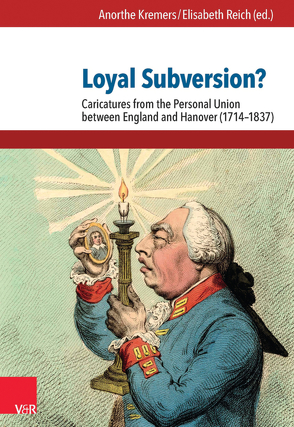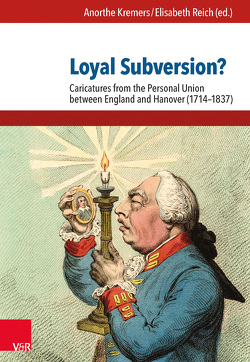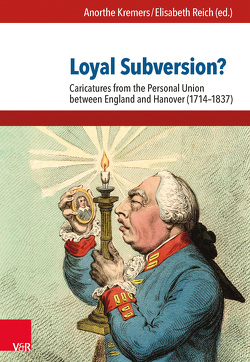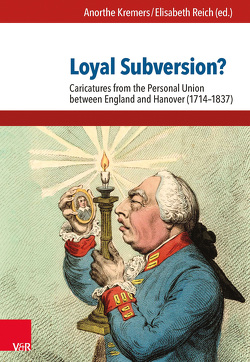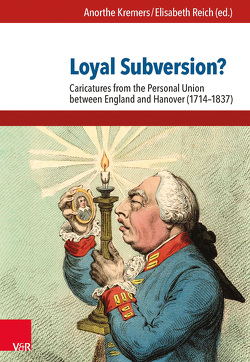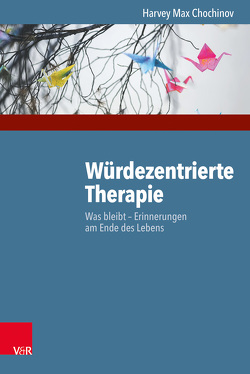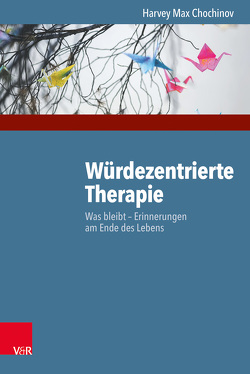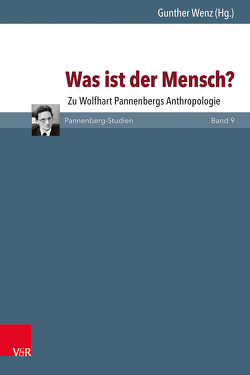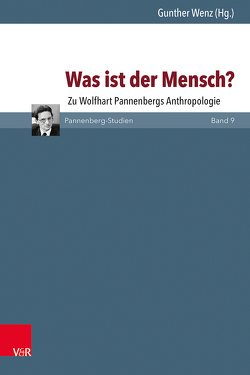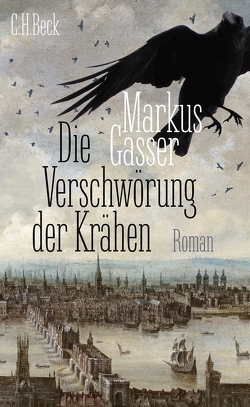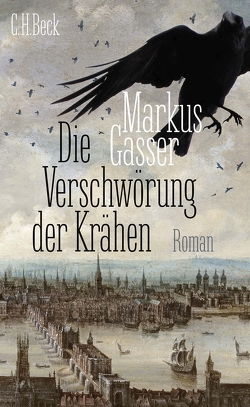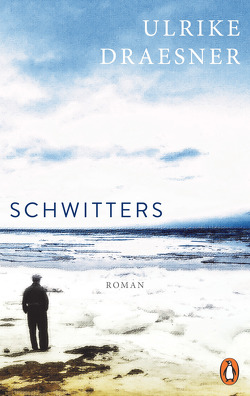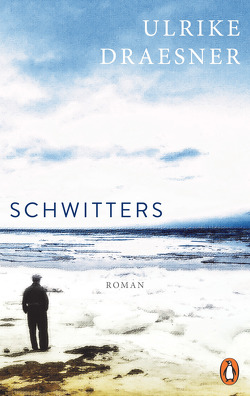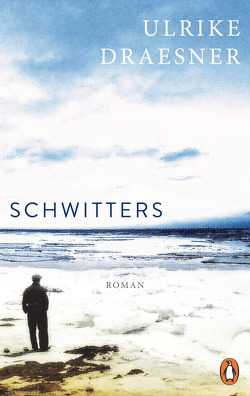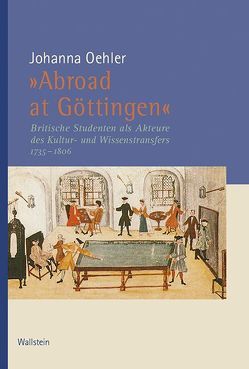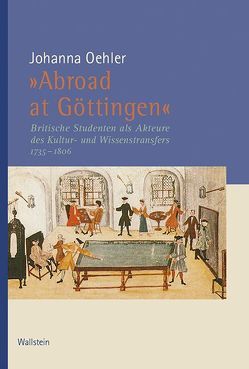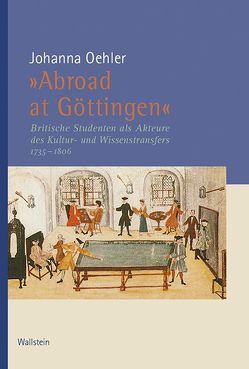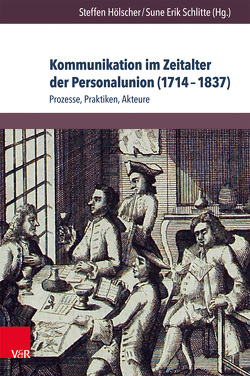Loyal Subversion?
Caricatures from the Personal Union between England and Hanover (1714-1837)
Elisabeth Reich, Anorthe Wetzel
The political constellation of the personal union between England and Hanover, lasting for 123 years, with the figure of a foreign king as a mediator between two separate states became a determining factor and was in itself a historical condition for the emergence and the development of caricatures in England after the Glorious Revolution. As a political weapon of the opposition and as an institution of public opinion, the caricatures affect the establishment: on the one hand, their visual potential is a threat to the sovereign, on the other they help to stabilize his leadership. The caricature thus overcomes the ban of showing the aristocratic decorum and makes contact with the problems repressed. Does the artistic become political? What contents are shown? Can we speak of an institutionalized form of political perception? Or is this visual criticism of the rulers in the end nothing more than a loyal subversion of their subjects?
